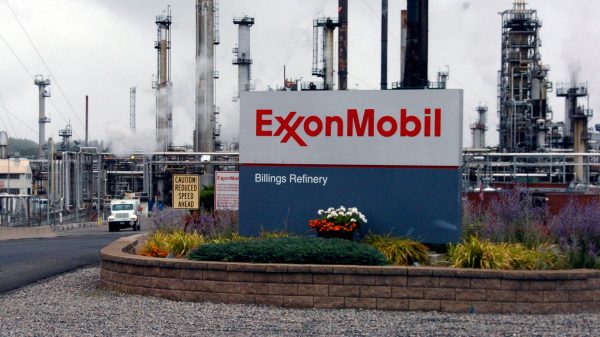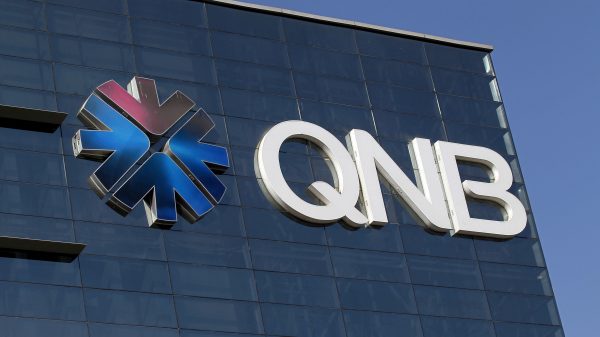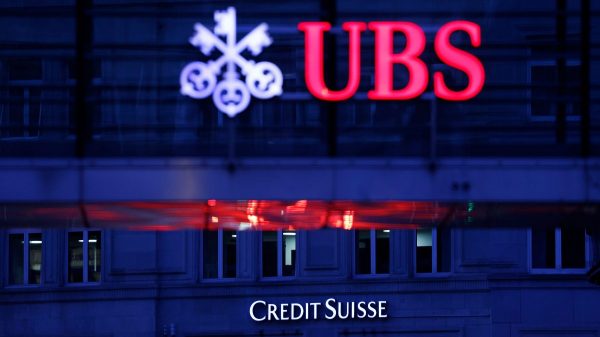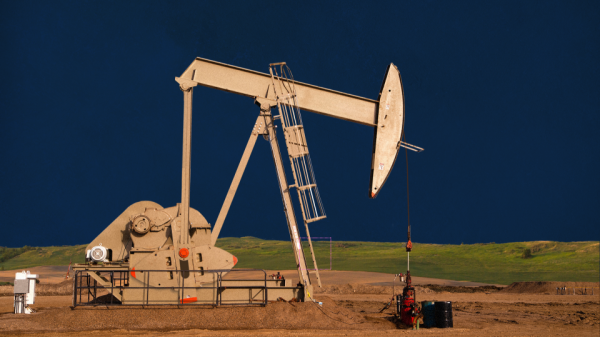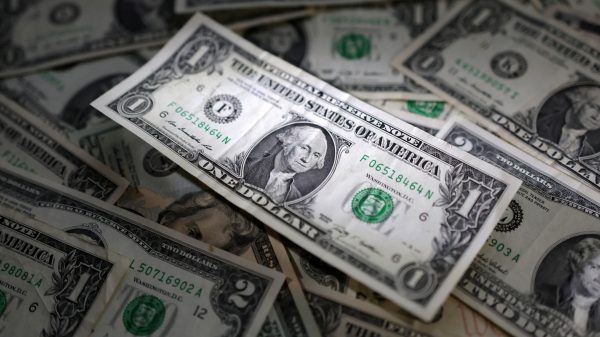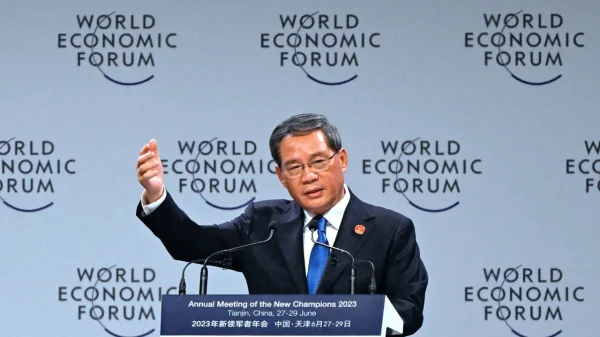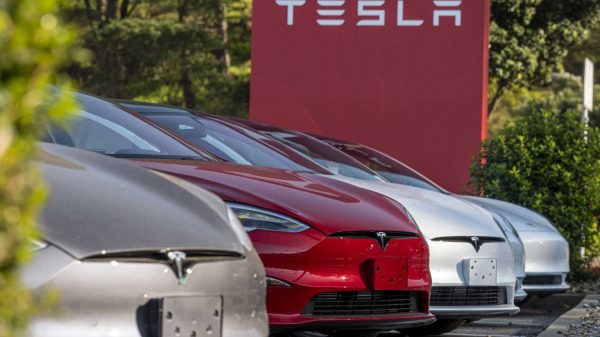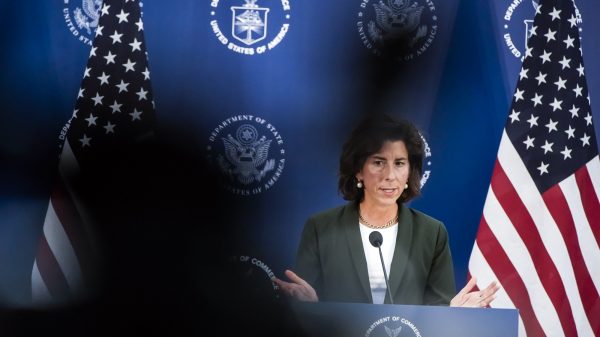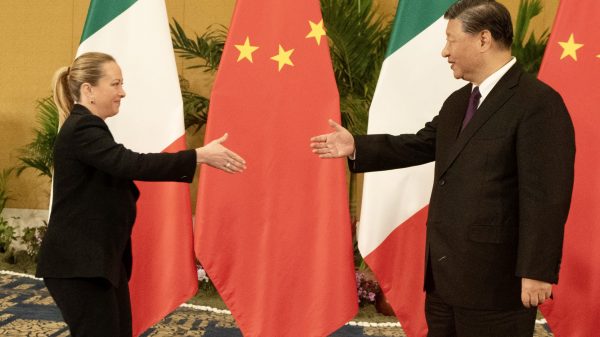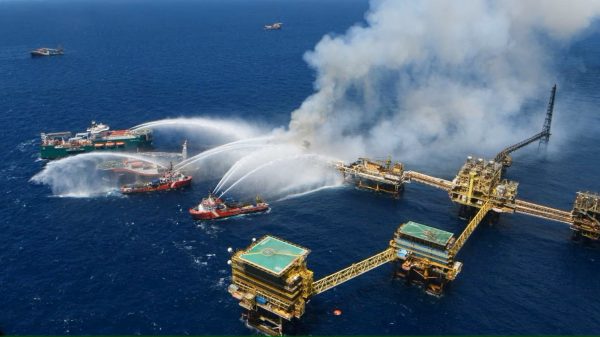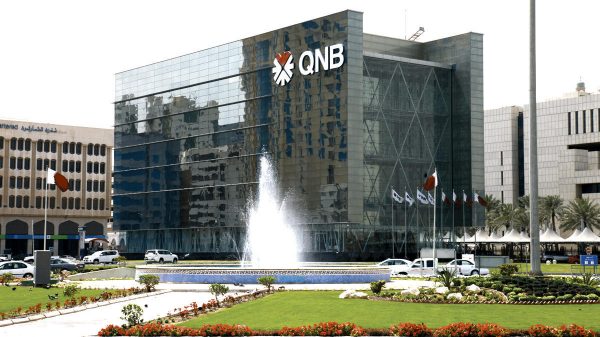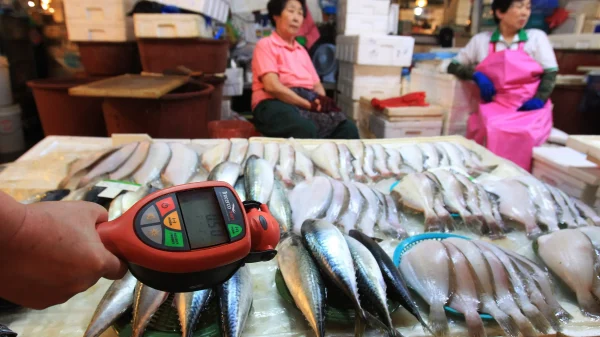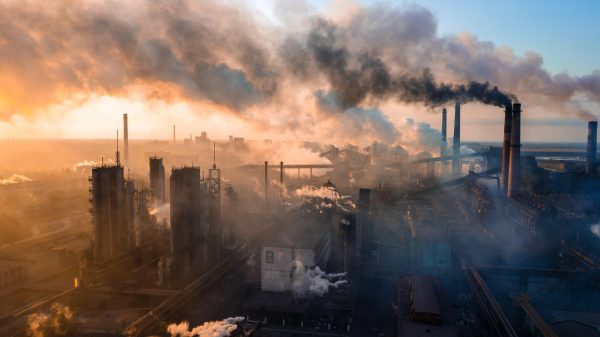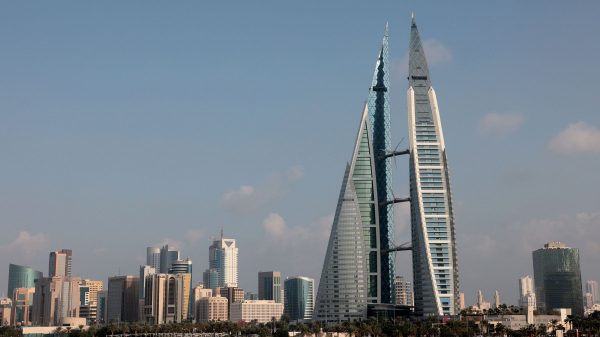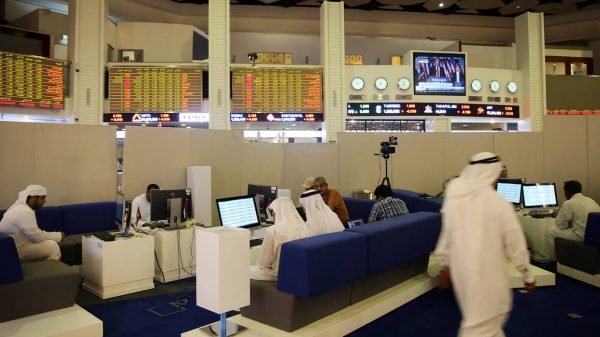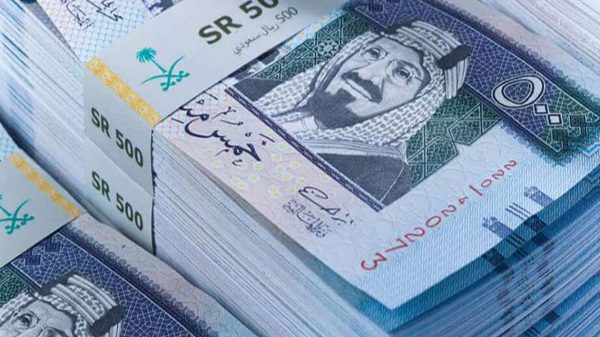International indicators show that the distribution of COVID-19 vaccines and investment will be essential to the world’s economic recovery.
Development risks remain high as economic activity and income are likely to remain low for an extended period.
The global economy is likely to grow by 4% in 2021, assuming that the initial distribution of COVID-19 vaccines will become widespread during the year.
However, a World Bank report said the recovery is likely to be slow, unless policymakers act decisively to curb the pandemic and implement reforms to boost investment.
Although the global economy is growing again after shrinking by 4.3% in 2020, the pandemic has caused heavy human losses and pushed millions under poverty line, and may reduce economic activity and income for a long time.
The top priority in terms of policy In the near term is to control the spread of the virus and ensure vaccines distribution on a large scale.
To support the economic recovery, the authorities will also need to facilitate a cycle of reinvestment aimed at less sustainable growth depending on government debt.
Poor recovery
World Bank Group President David Malpass said the global economy has entered a weak recovery phase. However, politics makers are facing huge challenges.
At the time policymakers strive to ensure that this global recovery gains momentum and lays the foundation for strong growth, these challenges are related to public health, debt management, budget policies, central bank activities and structural reforms.
To overcome the pandemic effects and combat adverse factors in terms of investment, a major push is needed to improve the business environment in addition to increasing the flexibility of labor markets and products, and enhance transparency and governance.
According to World Bank estimates, the collapse in global economic activity in 2020 was slightly less severe than expected.
This is mainly due to the less severe downturn in advanced economies and the more robust recovery in China.
On the other hand, because the disruption of activity in the majority of emerging market economies and developing countries was more severe than expected.
Related:


